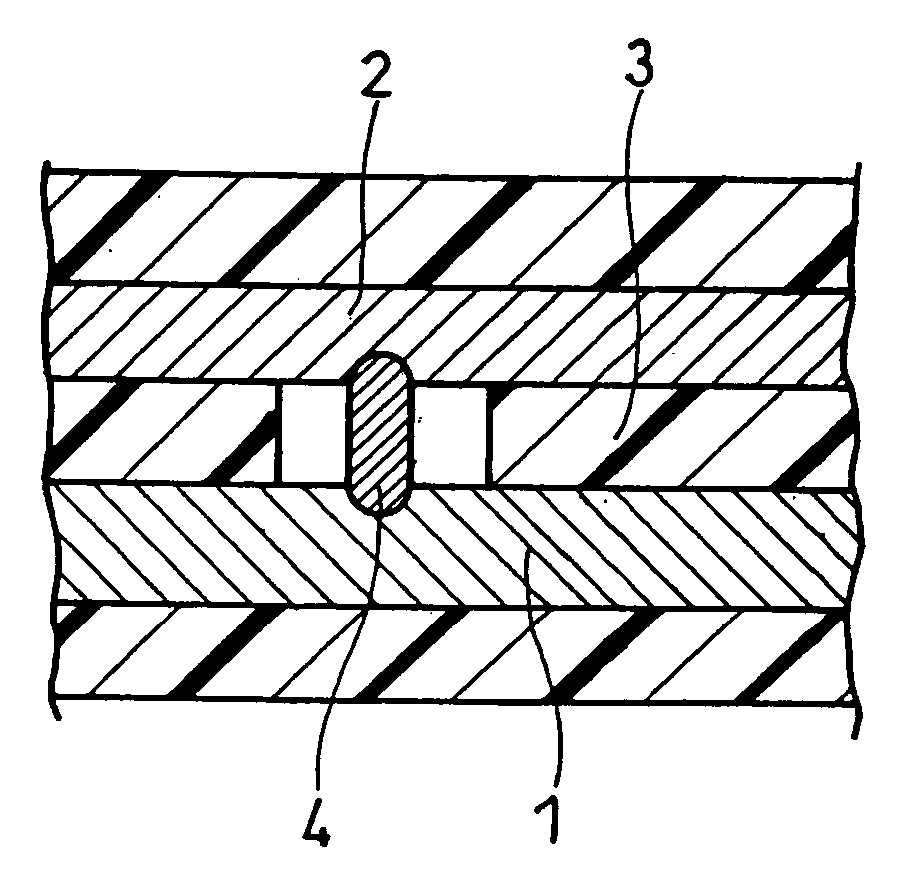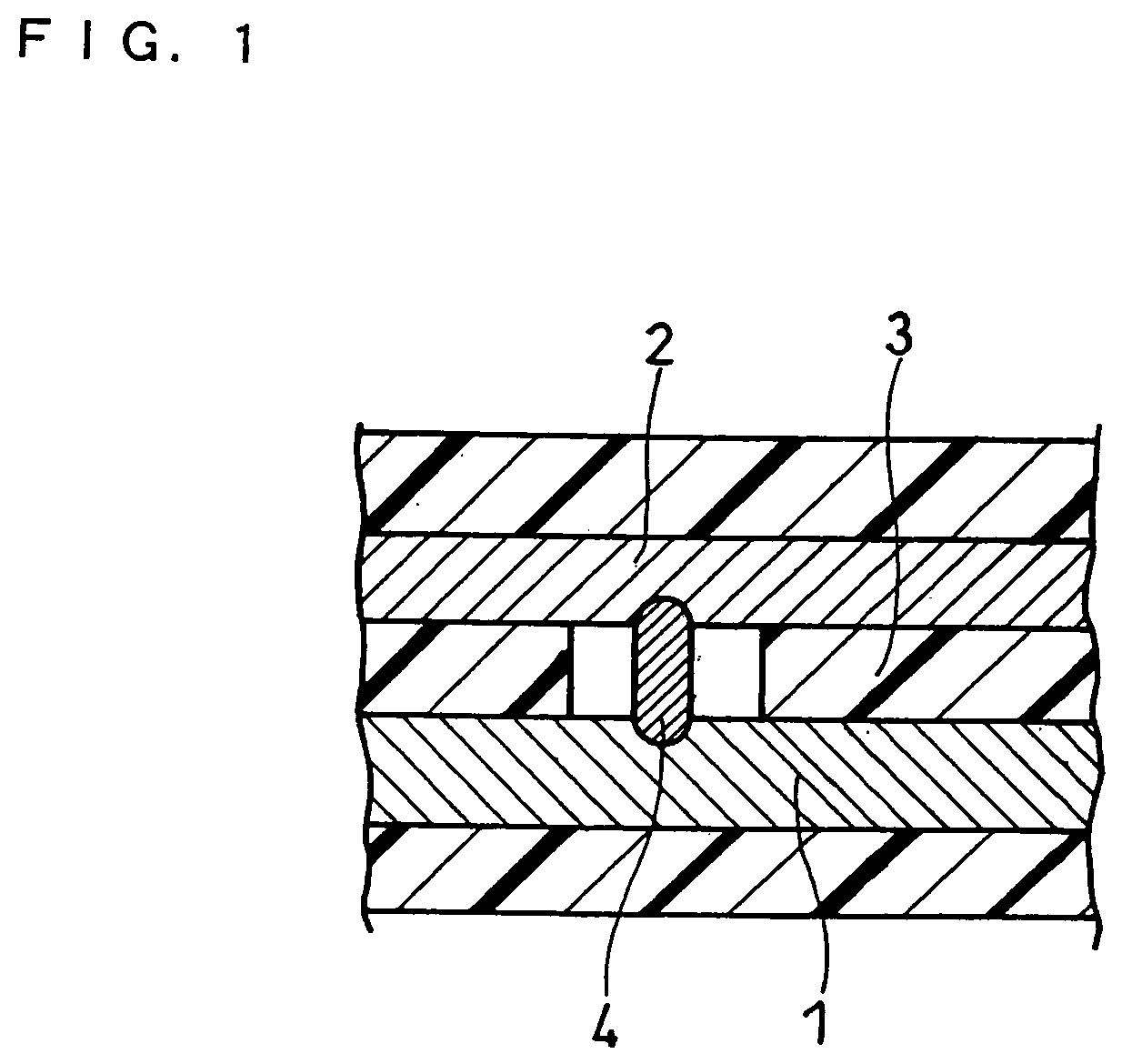Lithium secondary battery
- Summary
- Abstract
- Description
- Claims
- Application Information
AI Technical Summary
Benefits of technology
Problems solved by technology
Method used
Image
Examples
examples
Battery A1
[0094] A lithium secondary battery was designed such that its working voltage range was from 2.5 V to 4.2 V (end-of-discharge voltage: 2.5 V, end-of-charge voltage: 4.2 V).
(i) Production of Positive Electrode
[0095] A positive electrode material mixture paste was prepared by stirring, with a double arm kneader, 5 kg of a lithium nickelate powder (median diameter: 20 μm) serving as a positive electrode active material, 1 kg of an N-methyl-2-pyrrolidone (NMP) solution (#1320 (trade name) manufactured by KUREHA CORPORATION) containing 12 wt % of polyvinylidene fluoride (PVDF) serving as a binder, 90 g of acetylene black serving as a conductive agent and a suitable amount of NMP serving as a dispersion medium. The positive electrode material mixture paste was applied onto both sides of a band-shaped positive electrode current collector comprising an aluminum foil with a thickness of 15 μm. The applied positive electrode material mixture paste was dried, and rolled with roll...
PUM
 Login to View More
Login to View More Abstract
Description
Claims
Application Information
 Login to View More
Login to View More - R&D
- Intellectual Property
- Life Sciences
- Materials
- Tech Scout
- Unparalleled Data Quality
- Higher Quality Content
- 60% Fewer Hallucinations
Browse by: Latest US Patents, China's latest patents, Technical Efficacy Thesaurus, Application Domain, Technology Topic, Popular Technical Reports.
© 2025 PatSnap. All rights reserved.Legal|Privacy policy|Modern Slavery Act Transparency Statement|Sitemap|About US| Contact US: help@patsnap.com


